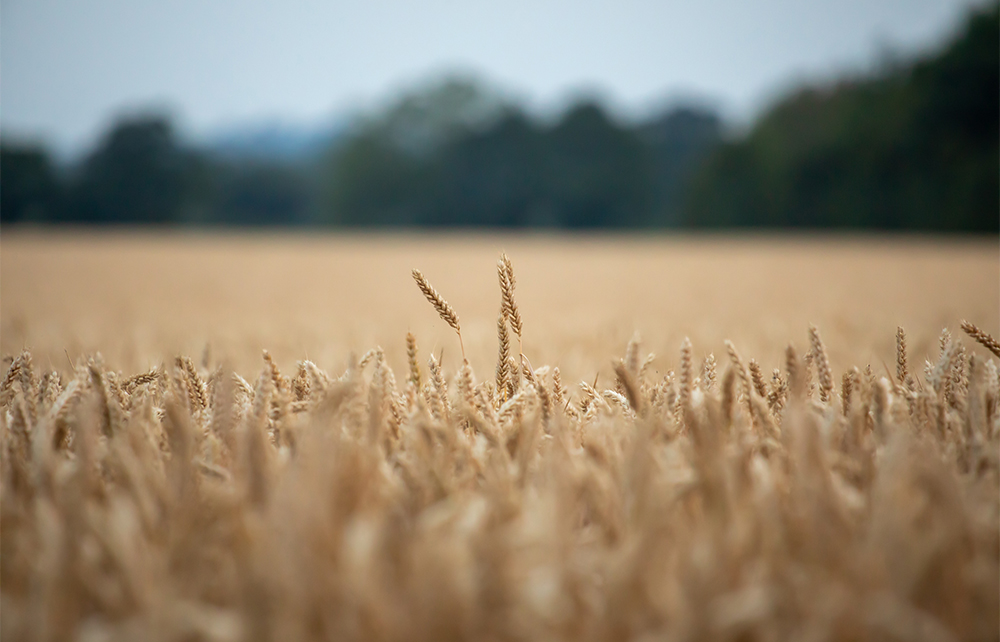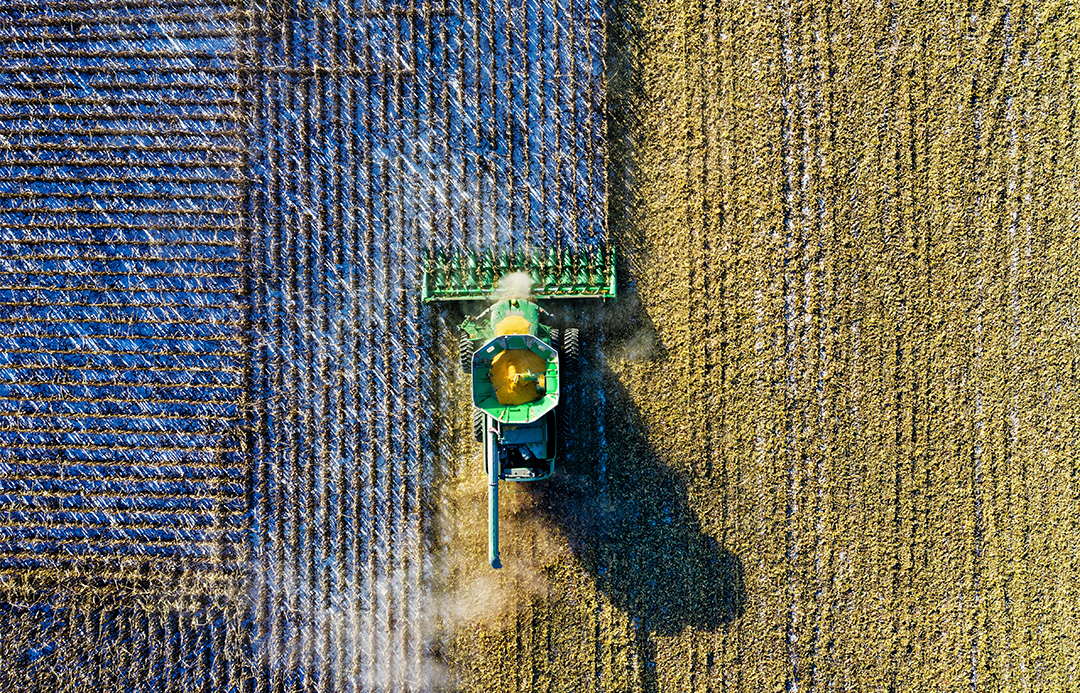The role of women in ag
According to the Food and Agriculture Organisation of the United Nations, women make up more than 40 percent of the global agricultural workforce. So, why does the ‘farmers wife’ stereotype continue to exist?
“The work of rural women in agriculture is often undervalued and invisible, especially in the family farm context,” explains International Research Fellow, Dr Erika Valerio, who is an academic specialising in women’s empowerment in agriculture at the University of New England (UNE).
“It is continually perpetuated that women in agriculture only play a supporting role, such as ‘helping their husbands’, with their wider contributions being categorised as ‘help’.”
These contributions are vast; whether it be physically working on the farm, being employed in corporate roles within the sector, land preparation or commercialisation.
However, breaking down the persisting stereotypes is complex, according to Dr Valerio.
“Based on experiences in Latin America, we can see some elements that have contributed to this. The first is the presence of relevant women’s movements which have fostered the construction of a collective identity among rural female participants and advocated for their agenda.
“The second is the recognition of the state (political will) through targeted rural development interventions to women farmers that are in line with the agenda of the women’s movements.
“These elements are crucial to change the perception of rural women not only as farmers but also as political subjects.”
Women’s empowerment: what role does it play?
Facilitating women’s empowerment is one way to start breaking stereotypes and achieving gender equality in the sector, says Dr Valerio.
“It is important to think about women empowerment as a step towards gender equality. Gender equality is a human right. Arguments for empowering women in agriculture are usually centred on the positive socio-economic impact, such as women having greater economic empowerment to enable them to invest in their families and communities, improving health, education, and overall.”
However, it’s a layered process.
“I believe that we need to be careful not to reduce the term ‘empowerment’ to a tool so as to achieve economic and welfare indicators. We should not forget that empowerment is a process that challenges power relations and promotes the expansion of choices for people who have been denied this opportunity.”
The path to empowerment
I believe that enhancing women’s gender awareness is critical because of its importance within challenging gender norms and stereotypes.
So, how is empowerment achieved? Dr Valerio explains there are a few things that contribute to it.
“First, we need to have targeted interventions that allow women not only access but also control over resources, including land, credit, inputs, and innovation. Additionally, facilitating access to markets is crucial. Interventions that foster the creation of women’s farmer organisations can provide women with a platform to voice their concerns and advocate for their rights.
“Furthermore, I believe that enhancing women’s gender awareness is critical because of its importance within challenging gender norms and stereotypes. Just to mention a few potential outcomes of promoting women empowerment in agriculture, we could see increased productivity, reduced gender gaps in agriculture, and greater gender equality in the rural areas.”

What needs to be done?
Over the course of her career researching this topic, Dr Valerio has studied women’s empowerment in a range of different contexts. One key observation she’s made is that government action is crucial.
“Overall, achieving gender equality in rural areas requires a multifaceted approach that includes both systemic changes and targeted interventions.
Women in rural areas often bear a disproportionate burden of domestic work, which can limit their participation within the decision-making sphere. To overcome this, it is important to promote the sharing of household and caregiving responsibilities between men and women.
“This requires the use of a participatory approach for the design, implementation, and monitoring of policies and programs on women and other identities in rural communities. One key element of this effort is the collection of gender-disaggregated data, which can provide valuable insight into the specific challenges faced by women and other marginalised groups.”
Addressing the socialisation of housework in agricultural households is also needed.
“Women in rural areas often bear a disproportionate burden of domestic work, which can limit their participation within the decision-making sphere. To overcome this, it is important to promote the sharing of household and caregiving responsibilities between men and women.”

Innovation and technology for gender equality
Reflecting on the theme of this year’s International Women’s Day, Dr Valerio says including women in all steps of the process when it comes to innovation and technology for gender equality in rural areas is critical.
“Rural women in general accumulate different tasks, from farming activities to household work, so innovations that reduce workload usually have a positive impact on them. However, it is important to note that there is no silver bullet in this case.
“The development of gender-sensitive innovation needs to consider the context in which it will be implemented. Conducting gender analysis and the participation of women in the innovation development are two essential components to ensure successful gender-sensitive innovations.”
Rural women in general accumulate different tasks, from farming activities to household work, so innovations that reduce workload usually have a positive impact on them. However, it is important to note that there is no silver bullet in this case.
You can read more about International Women’s Day 2023 here.


